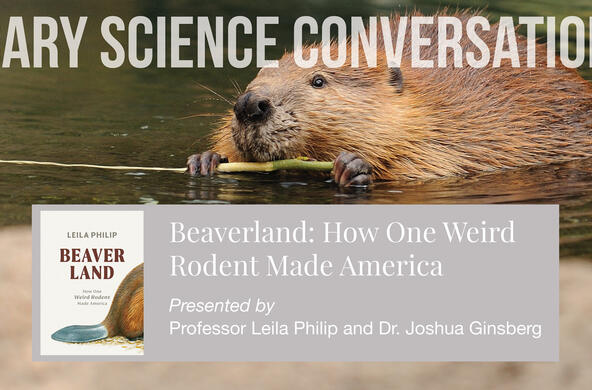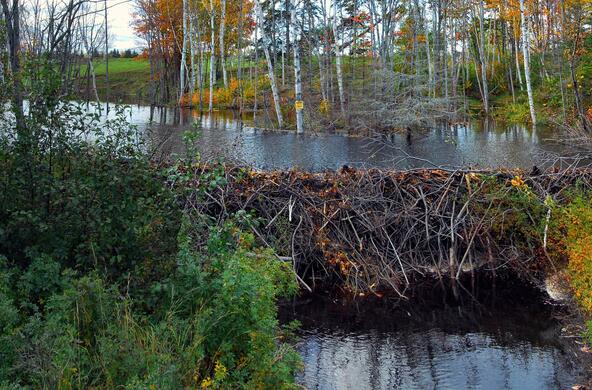Most studies predicting changes in species distribution with global warming focus on species that may move into areas that are presently too cold for them—for example, the northward expansion of the range of birds on continents and upward expansion of plants or mammals on mountains. The species presently adapted to cold habitats are predicted to go extinct, as those habitats disappear globally. Overall, losses of 18 to 35% of today’s biodiversity are anticipated, with the greatest losses resulting from the disappearance of cold habitats.
But, several recent studies indicate that large changes may first be seen in arid and dryland habitats, where species now adapted to hot conditions live on the edge of their tolerance of warmth and limited water. These species may have little physiological capability to tolerate further warming. Throughout the American west, butterflies have declined at a rate of about 1.6% per year during the past 40 years, associated with warming in the autumn. Warming in areas or seasons without adequate moisture may be partly responsible for the decline in insects observed globally.
Similarly, in the Mojave Desert of California, which has shown significant warming in recent years, birds have declined markedly during the past century of field observations, likely associated with greater metabolic costs of keeping cool during hot periods. Interestingly, in the same habitats, desert mammals showed little or no change, likely due to the propensity for most species to burrow into soil habitats that remain cool and stable relative to fluctuations in climate.
The differential response of different taxonomic groups suggests that future ecological communities may be novel— composed of species that do not normally co-occur today. Earliest losses of biodiversity may be found among species in hot climates where some species are pushed beyond their physiological tolerance. A similar response has recently been reported among marine species. Meanwhile, some species that now occupy colder habitats may spend less metabolic energy keeping warm in a future, warmer world.
References
Chaudhary, C., A.J. Richardson et al. 2021. Global warming is causing a more pronounced dip in marine species richness around the equator. Proceedings of the National Academy of Science 118: doi: 10.1073/pnas.2015094118
Crossley, M.S. et al. 2021. Recent climate change is creating hotspots of butterfly increase and decline across North America. Global Change Biology 27: 2702-2714. doi: 10.1111/gcb.15582
Fadrique, B., et al. 2018. Widespread but heterogeneous responses of Andean forests to climate change. Nature 564: 207-212.
Forister, M.L., et al. 2021. Fewer butterflies seen by community scientists across the warming and drying landscapes of the American West. Science 371: 1042-1045.
Hantson, S., T.E. Huxman, S. Kimball, J.T. Randerson, and M.L. Goulden. 2021. Warming as a driver of vegetation loss in the Sonoran Desert of California. Journal of Geophysical Research, Biogeosciences doi: 10.1029/2020JG005942
McCain, C.M., S.R.B. King, and T.M. Szewczyk. 2021. Unusually large upward shifts in cold‐adapted, montane mammals as temperature warms. Ecology https://doi.org/10.1002/ecy.3300
Ostland, M.J. and 15 others. 2021. Tropicalization of temperate ecosystems in North America: The northward range expansion of tropical organisms in response to warming winter temperatures. Global Change Biology 27: 3009-3034.
Riddell, E.A. et al. 2021. Exposure to climate change drives stability or collapse of desert mammal and bird communities. Science 371: 633-636.
Thomas, C.D. and 18 others. 2004. Extinction risk from climate change. Nature 427: 145–148
Woodroffe, R., R. Groom, and J.W. McNutt. 2016. Hot dogs: high ambient temperatures impact reproductive success in a tropical carnivore. Journal of Animal Ecology doi: 10.1111/1365-2656.12719







